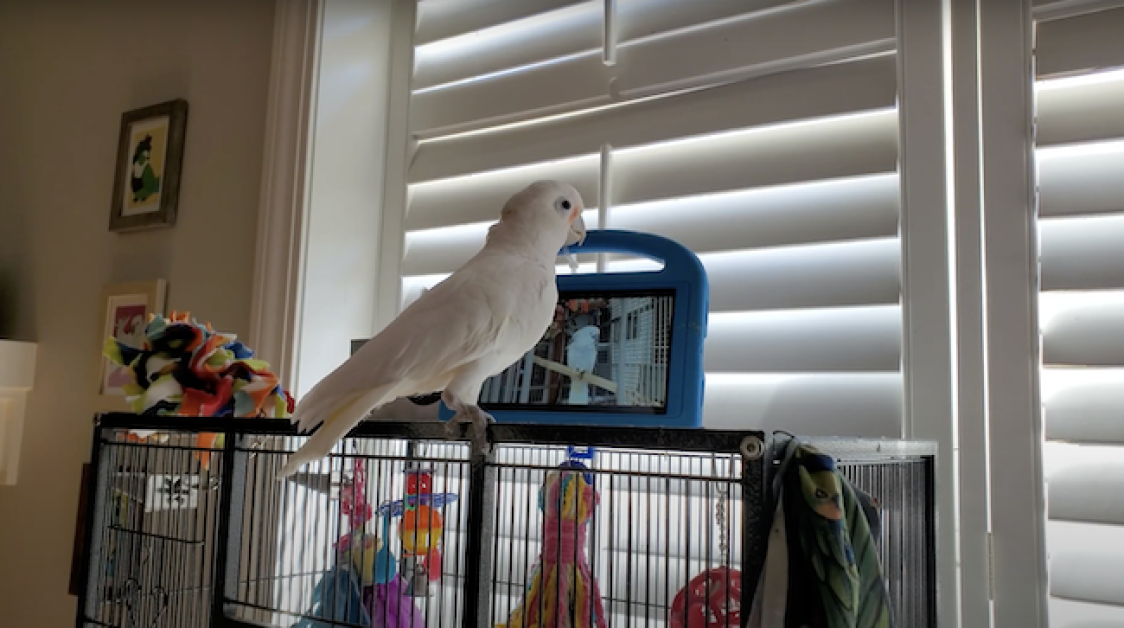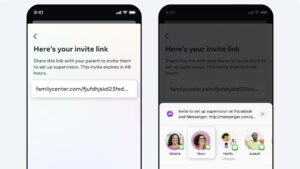Parrots are innately social creatures. In captivity, where they typically don’t have a flock to interact with, that can present some real challenges for keeping them happy and healthy. But recent research suggests technology may be able to help them meet more of their social needs. A new (very small) study led by researchers at the University of Glasgow and Northeastern University compared parrots’ responses when given the option to video chat with other birds via Meta’s Messenger versus watching pre-recorded videos. And it seems they’ve got a preference for real-time conversations.
The research builds on findings from a series of small studies over the last few years, including one in which the team trained pet parrots to make video calls to each other (with human assistance) and another where they were taught to play tablet games. In the latest, nine parrot owners were given tablets to set up for their pets, who were then observed over a period of six months. During that time, the parrots — who’d been introduced to each other at the beginning over video chat — were able to engage in calls amongst themselves of up to three hours long over a total of 12 sessions. Half of these sessions featured pre-recorded videos, while the other half were live Messenger video chats.
Their caregivers, who recorded the sessions, reported that the birds seemed more engaged during the live interactions. They initiated more calls in those scenarios, and spent more time on average engaging with the birds on the other end.
In each session, the parrots were allowed to make up to two calls, and the researchers found that those chatting over Messenger hit this limit 46 percent of the time, compared to almost half that when they were watching pre-recorded videos. Overall, they spent a combined 561 minutes video-chatting on Messenger compared to just 142 minutes watching the pre-recorded videos.
“The appearance of ‘liveness’ really did seem to make a difference to the parrots’ engagement with their screens,” said Dr. Ilyena Hirskyj-Douglas, though noting that further study would be needed before definite conclusions can be drawn. “Their behavior while interacting with another live bird often reflected behaviors they would engage in with other parrots in real life, which wasn’t the case in the pre-recorded sessions.” Still, the caregivers mostly reported that the live and pre-recorded calls both seemed to have a positive impact on the birds.
“The internet holds a great deal of potential for giving animals agency to interact with each other in new ways, but the systems we build to help them do that need to be designed around their specific needs and physical and mental abilities,” said Dr. Hirskyj-Douglas. “Studies like this could help to lay the foundations of a truly animal-centered internet.”




